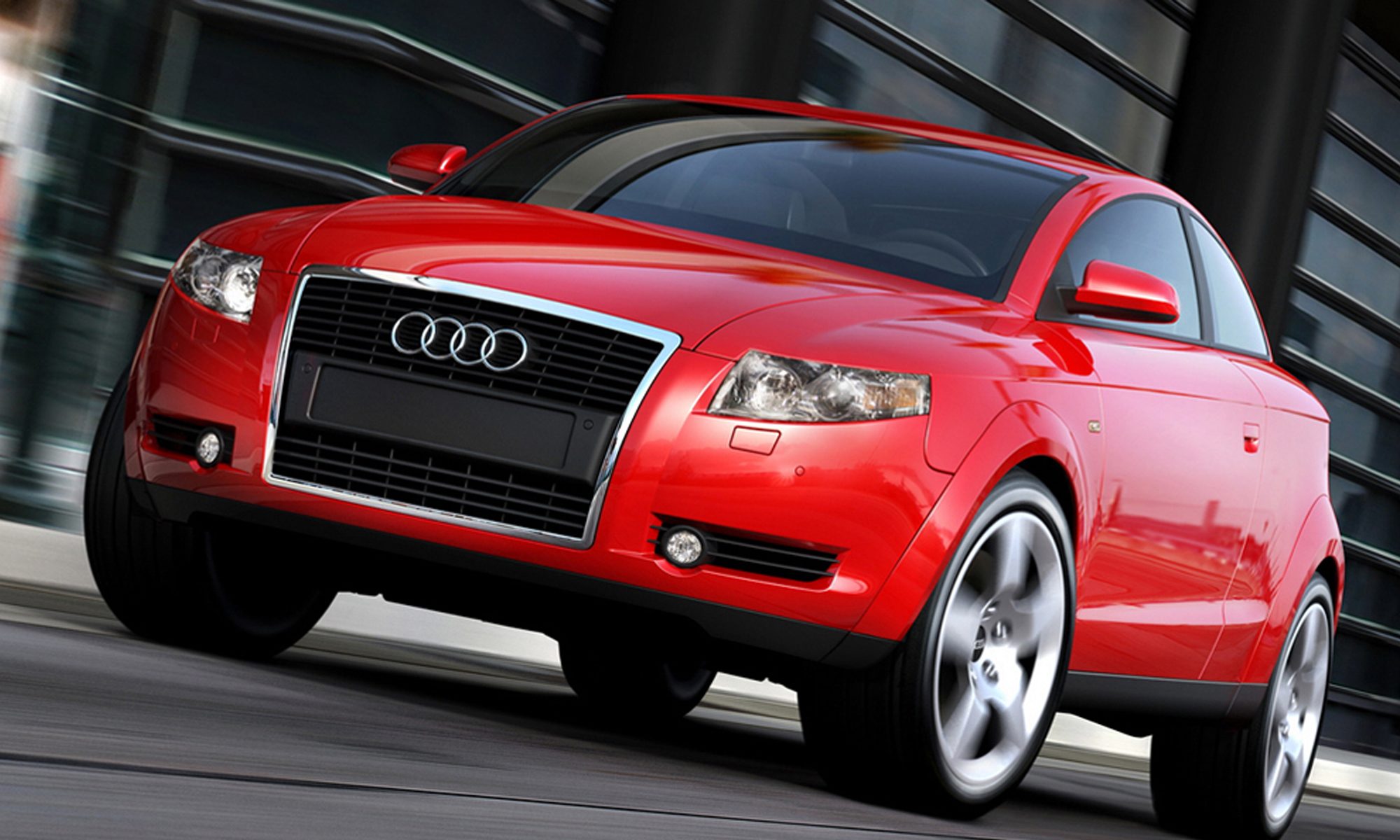Life is not all about crossover. Nissan exhibits at the Mondial its first European sedan for six years, a compact hatchback classic called Pulsar, along with a Nismo concept. This new C-Segment competitor has its sights on the Peugeot 308.
Having said that, by observing the Pulsar 2014, connoisseurs identify some common features with the Tiida 2 (in China) such as the dlo silhouette. Nevertheless, it is obvious that Nissan designers are trying to affiliate this car to the rest of the brand. For example the V-shape on the grille or the rear lights are clearly inspired by the very latest Qashqai. The rear light clusters boomerang-shaped tail and join harmoniously side of the vehicle. The dimensions of the Pulsar are interesting in this segment. It is around 15 centimeters longer than its competitor and the wheelbase is pushed to 2.70 meters. These dimensions give roominess to the interior and to the trunk.
The Nismo version adds some design features especially inside with the race-inspired theme with a red tachometer and a three-spoke steering wheel.
The interior is kept very basic. Just remember, the Almera II was not very advanced in term of style. But it was certainly very roomy and comfortable…
The Pulsar is certainly not as advanced, in term of style as a Qashqai, not as trendy as a Juke, but in this category, it will certainly seduce a lot of customers…







































Vous devez être connecté pour poster un commentaire.